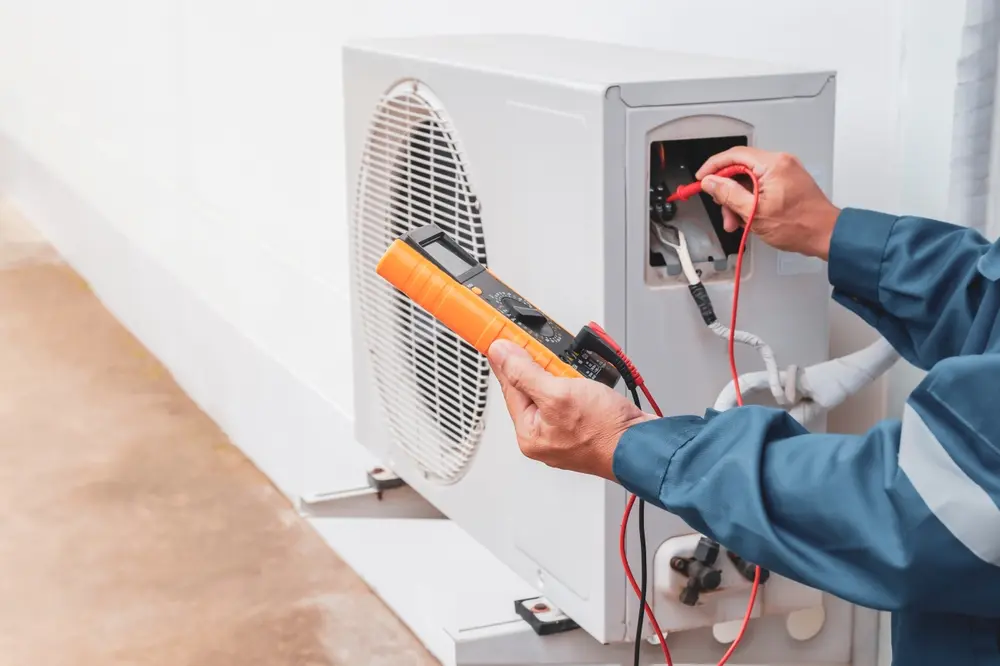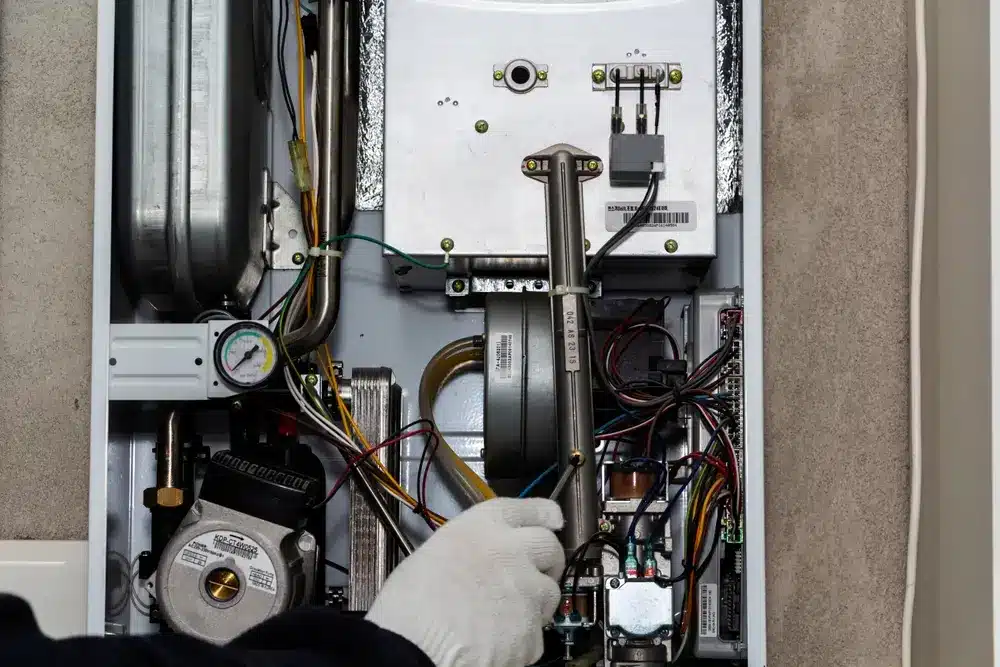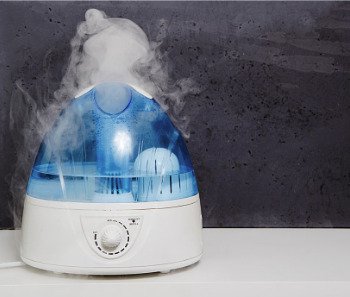Blog
Ductless Mini Split vs. Central Air: Which System Is Best for Your Home?
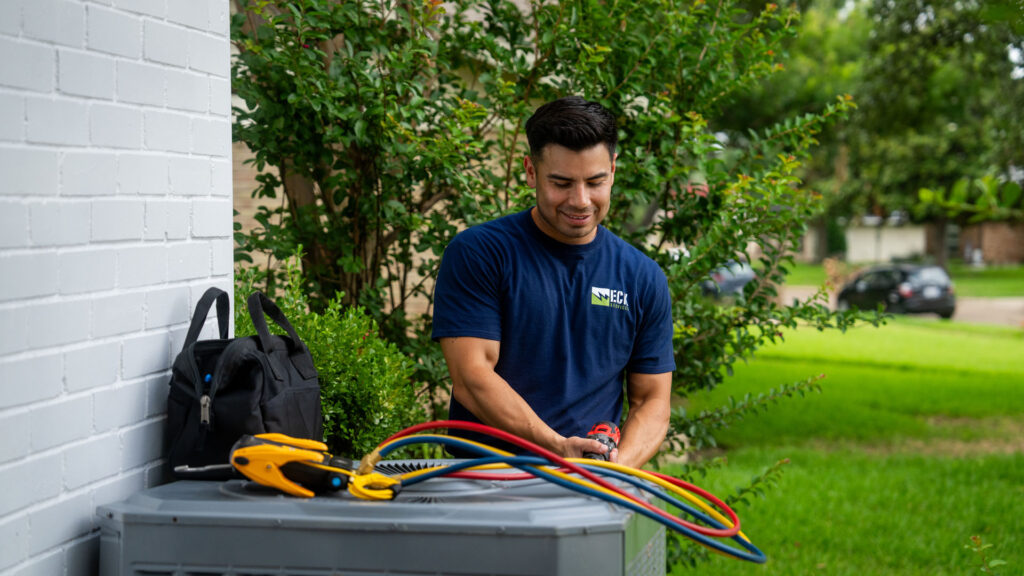
Choosing the right cooling system for your home is an important decision that affects comfort, energy bills, and even your property’s value. Two of the most popular options today are ductless mini-splits vs. traditional central air conditioning systems. But which is best suited for your specific needs?
In this comprehensive guide, we’ll explore the key differences between mini splits and central air systems. We’ll look at energy efficiency, installation requirements, costs, and more, all designed to help you make an informed decision.
Whether you want to upgrade your air conditioning system or install a new one, Eck Services is here to help you understand these pros and cons, which will set you up for success.
Key Considerations in Choosing Between Mini-Split and Central Air
When comparing mini-splits vs. central air systems, several critical factors influence which system will work best for your home. The decision ultimately depends on your home’s size, cooling requirements, energy-efficiency goals, and even your renovation plans or budget constraints.
Below are the main points to consider when evaluating which HVAC system fits your space and lifestyle best:
Energy Efficiency
According to the U.S. Department of Housing and Urban Development (HUD), ductwork can waste 20% to 30% of the energy used for heating and cooling due to leaks, poor insulation, and airflow restrictions.
Since mini-split systems are ductless HVAC systems, they avoid these energy losses entirely. Mini-splits deliver cooled air directly to each indoor unit, allowing for precise temperature control in individual rooms.
This not only improves energy efficiency but also minimizes the need to cool unoccupied areas, making them an excellent choice for homes without ductwork or where zoned climate control is preferred.
Installation Requirements
Central air systems rely on ductwork that distributes cooled air throughout the home. This makes central air conditioning installations or repairing ductwork costly and invasive, especially in older homes.
In contrast, mini-splits require no ductwork and no major construction. They use a small outdoor compressor and indoor air handlers connected by thin refrigerant lines, making installation quicker and less disruptive.
Cost
Installing a mini-split system in your home typically has higher upfront costs because it requires specialized equipment and materials. That’s why central air installation can be less expensive initially, particularly if ductwork is already in place.
However, central air may have higher operating costs over time due to duct losses and lower efficiency.
Placement
Placement is another important factor in deciding between mini-splits and central air. Mini-split AC unit installations are more visible than central air systems since they require both an outdoor unit and an indoor unit, which are often mounted on the ceiling or floor.
Central air systems work best in homes designed with ductwork, which is hidden away. Home layout and personal preferences will influence which system is more suitable.
Advantages of Mini-Split Systems
Mini-split systems offer a range of compelling benefits that make them an increasingly popular choice, particularly for homes without existing ductwork, multi-level layouts, or spaces that require individualized temperature control.
Mini-splits are offered both as HVAC cooling and as heat pumps for efficient heating and cooling. Their flexibility, energy efficiency, and ease of installation make them ideal for both new constructions and retrofit projects.
Whether you’re upgrading an older HVAC system, adding climate control to a home addition, or simply seeking more efficient room-by-room comfort, mini-splits deliver performance and convenience in ways traditional central air systems often cannot.
Below are some of the key advantages of choosing a mini-split system.
Flexible Zoning and Climate Control
One of the standout advantages of mini-splits is their ability to provide flexible zoning. Each indoor air handler can be controlled independently, allowing you to cool or heat specific rooms based on your needs.
This level of customization helps save energy by avoiding cooling unused spaces and improves comfort for everyone in the home.
Quieter Operation
Mini-splits are known for quiet performance. The noisy compressor and condenser are located outside, while the indoor units operate at low sound levels. This makes mini splits an excellent choice for bedrooms, offices, and other quiet spaces where noise can be distracting.
No Ductwork Needed
Because mini splits don’t require ducts, they are ideal for homes without existing ductwork or where adding ducts would be expensive or impractical. Installation involves mounting small indoor units and running refrigerant lines through a small hole in the wall, minimizing construction disruption.
Disadvantages of Mini-Split Systems
While mini-split systems provide a variety of advantages, they also come with a few trade-offs that homeowners should weigh carefully.
Before deciding, “Are mini-splits worth it for my home?” It's essential to understand the potential downsides. From higher upfront costs to aesthetic considerations, certain factors may make a mini-split system less ideal depending on your priorities, budget, and household needs.
Below are the most common disadvantages to consider before committing to a ductless HVAC system.
Higher Upfront Costs
Mini splits typically have higher upfront costs compared to central air systems, especially for multi-zone setups. The equipment itself and installation can be more expensive, although the energy savings over time may offset these costs.
Limited Air Filtration and Indoor Air Quality Control
Unlike central air systems, which often include comprehensive whole-home filtration, mini-splits usually have basic filters that require regular maintenance. This means they may not provide the same level of air quality control, especially for households with allergies or respiratory concerns.
Potential Aesthetic Concerns
Indoor mini-split units are visible on walls or ceilings, which some homeowners find less appealing compared to the discreet vents of central air systems. Placement options are somewhat limited by the room design, so aesthetic considerations should be part of your decision-making process.
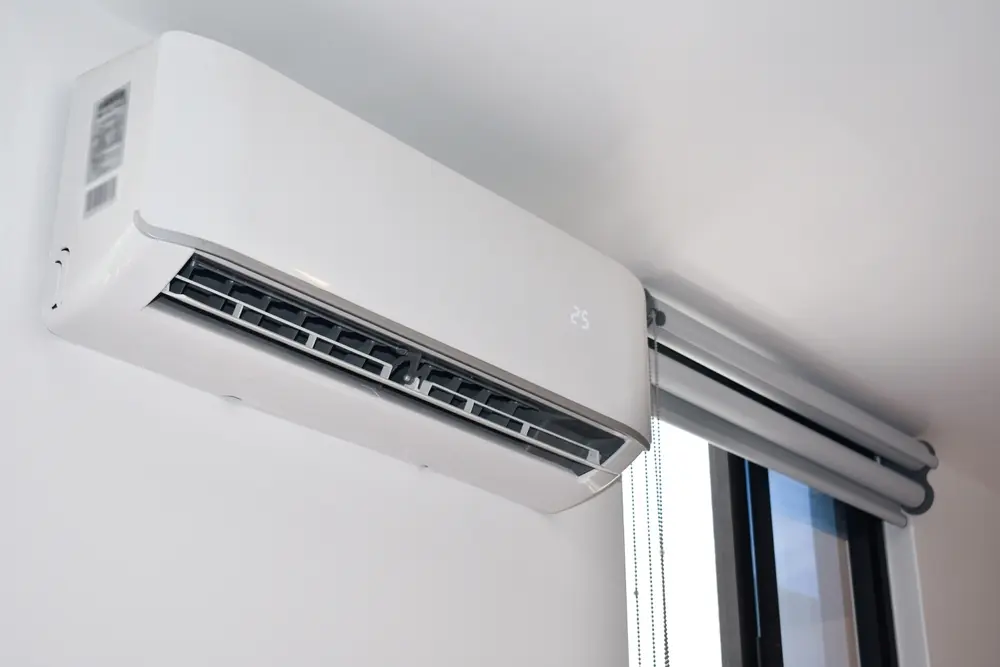
Advantages of Central Air Systems
Central air conditioning is a popular choice for homeowners, especially in larger houses or those with existing ductwork. It offers reliable, whole-home cooling, maintaining consistent temperatures throughout the space.
Because the system uses hidden ducts and vents, it’s more discreet than wall-mounted units and blends easily into most home designs. When installed and maintained properly, central air can provide quiet, efficient, and effective climate control year-round.
Here are some of the top reasons homeowners choose central air units:
Consistent Temperature Regulation
Central air systems provide even, consistent cooling throughout your home. Because cooled air is distributed through ducts, the system maintains a uniform temperature, which can improve overall comfort across your entire home.
Seamless Integration with Ductwork
For homes already equipped with ductwork, a central air conditioning installation is often the most straightforward option. It leverages existing infrastructure, making installation faster and potentially more cost-effective than installing new ductless systems.
More Aesthetically Pleasing
Central air systems use discreet vents, so no bulky indoor units are visible. This appeals to homeowners who prioritize a minimalist aesthetic and want to maintain a clean, uncluttered look in their living spaces.
Superior Air Filtration and Indoor Air Quality Control
Central air systems commonly incorporate advanced air filtration and purification options. These help improve indoor air quality by removing dust, allergens, and pollutants throughout the entire home, which is a significant benefit for those with respiratory issues.
Disadvantages of Central Air Systems
Despite their many advantages, central air systems aren’t the perfect fit for every home. While they offer reliable whole-home cooling and a clean, built-in look, they also come with some drawbacks that are important to consider. Homeowners are often concerned about energy efficiency, maintenance, or the time required for installation.
If you're comparing HVAC options or deciding whether to upgrade, it's worth looking closely at these potential limitations associated with central air conditioning systems.
Duct Maintenance
Ductwork requires regular inspection and cleaning to prevent dust buildup, mold, and leaks. Poorly maintained ducts can decrease efficiency and negatively affect indoor air quality, potentially leading to costly repairs.
Lower Energy Efficiency
Central air systems can be less energy efficient than ductless HVAC systems due to duct losses and the need to cool or heat the entire house uniformly. Ducts in your home can lose a significant amount of cooled air before it reaches rooms, increasing energy consumption and decreasing cooling efficiency.
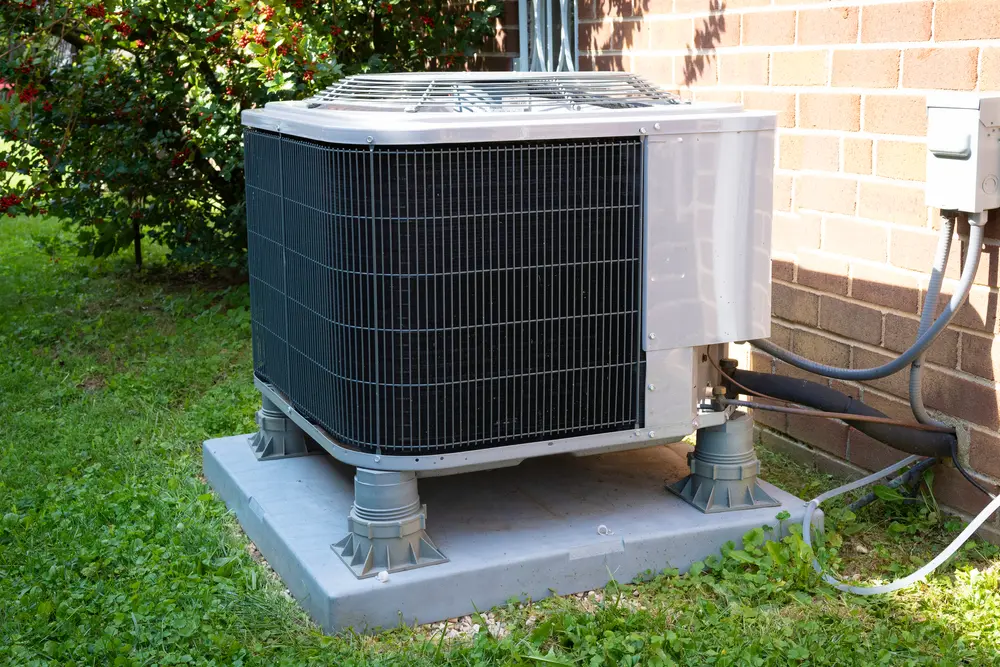
Mini-Split vs. Central Air: What's Best for You?
Choosing between a ductless mini split vs. a central air system depends on your home’s layout, budget, and comfort preferences.
- If you need zoning flexibility, quieter operation, or don’t have existing ducts, a mini split may be a better choice.
- If you prefer whole-home filtration, consistent temperature, and a clean look, central air might fit your needs best.
Both systems have upfront costs and ongoing maintenance requirements. Consider factors like energy efficiency, installation complexity, and how you use your living spaces.
Still Not Sure? Let Our Experts Help You Decide
Choosing the right cooling system can feel overwhelming, but you don’t have to navigate it alone. At Eck Services, our experienced HVAC professionals provide expert advice and personalized recommendations based on your home, lifestyle, and budget.
Whether you’re considering a mini split unit installation or central air conditioning installation, we serve homes throughout Wichita, Hutchinson, Anthony, Kingman, Medicine Lodge, Salina, and Pratt. Our team ensures smooth installation, maintenance, and repairs, helping you stay comfortable year-round.
Let us help you make the best choice for your home’s heating and cooling needs.



